LGBTQIA+
Trauma and Injury Prevention
Dallas County Health and Human Services - 2377 N. Stemmons Freeway, Dallas, TX 75207
Telephone: 214-819-2000
The LGBTQIA+ community faces unique and overlooked challenges regarding trauma and injury. Stigma and discrimination can make it hard for survivors to seek help and access support services. Please see below for resources and education regarding domestic violence and human trafficking.
 |  |  |
DCHHS Trauma and Injury Prevention Website
DCHHS is dedicated to improving the well-being of the Dallas County community by reducing the incidence and impact of injuries and trauma. Through education and prevention methods, we strive to lessen the burden of injuries and ensure every individual can live a trauma- and injury-free life.
Visit the DCHHS Trauma and Injury Prevention website for more information.
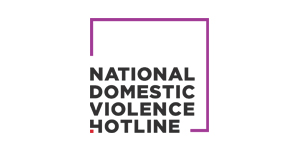
National Domestic Violence Hotline
1 (800) 799-7233
Text “START” to 88788
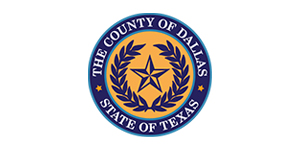
Dallas County Health & Human Services
The resource below discusses issues of intimate partner violence (IPV) that some readers may find sensitive. IPV involves various forms of abuse – physical, sexual, psychological, or stalking. It can affect anyone regardless of their identity. Certain groups face higher risks due to societal factors like gender roles, racial stereotypes, economic insecurity, and systemic discrimination.
For more information, please visit the Human Rights Campaign website: https://www.hrc.org.
Intimate Partner Violence (IPV) in the Transgender Community
Intimate partner violence (IPV), or domestic violence, is often portrayed as a problem perpetrated by cisgender men against cisgender women. This is certainly a prominent characteristic of IPV; however, trans persons experience high rates of IPV as well.
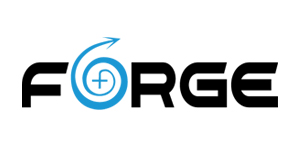
Forge
Forge is a social advocacy organization that provides training, online webinars, and anti-violence related publications on a variety of topics relating to trans persons.
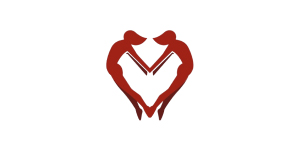
A Sister's Gift
A Sister’s Gift is a women’s center that supports adult women living with HIV/AIDS and their dependents. They offer counseling, referral services, bus passes for medical visits, emergency grocery assistance, clothing vouchers for those diagnosed with AIDS, and monthly group support seminar sessions.
- Call (214) 421-4274 or
- Email staff@asistersgift.org for more details.
Human trafficking can affect anyone, regardless of background or identity. However, certain groups, such as LGBTQIA+ youth, face higher risks due to factors like discrimination, rejection, and lack of support. LGBTQIA+ youth are particularly vulnerable, representing 40% of the homeless and runaway youth population. Within 48 hours of running away, 1 in 3 homeless youth become victims of trafficking.
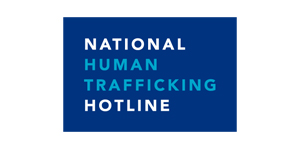
National Human Trafficking Hotline
If you are in immediate danger, call 911.
You can reach the hotline 24 hours a day, 7 days a week in more than 200 languages. All calls are confidential and answered live by highly trained Anti-Trafficking Hotline Advocates.
Additional Resources
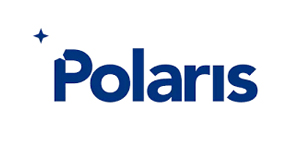
Polaris
Polaris operates the National Human Trafficking Hotline and works on a variety of initiatives to fight trafficking. Their site also provides data, resources, and ways to get involved. Visit their website to learn more about trafficking patterns.
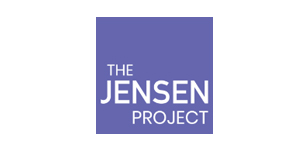
The Jensen Project
The Jensen Project is a group dedicated to end sexual violence, human trafficking, domestic violence, and sexual assault. Visit their website to learn more about their advocacy work.
Everyone deserves to feel safe being their authentic self. Whether you’re at home, out with friends, or in the community it’s important to feel secure. Unfortunately, LGBTQIA+ individuals often face higher risks of harassment and violence in public spaces. Learn how to navigate moving around your community and tools on looking out for one another.
Guidance for Safe Travel, Nightlife, and Rideshare Use
Using a rideshare app such as Uber and Lyft can be a safe way to travel home after a night out with friends. Be sure to keep these safety tips in mind to make sure you take the ride that is meant for you and to the location you are going to. Always confirm driver details, share your ride status with a trusted friend, and stay aware of your surroundings.
- Check your ride
- Before getting into the car, double-check that the license plate, car make, and model match what's shown in the app
- Instead of offering your name, ask the driver who they’re here to pick up
- For added security, consider setting up a 4-digit PIN in the app. Your driver will need to enter the correct PIN before the ride can begin
- Be aware of surroundings and emergency tools
- Share your trip with family or friends in real time so they can confirm you’ve arrived at your destination safely.
- If your trip goes off course or an accident occurs, use the app to indicate whether you're safe or in need of emergency assistance.
- If you need immediate help while riding, you can contact 911 directly through the app’s emergency button. The app tracks your live location, vehicle information, and license plate number, making it easy to share details with emergency responders.
- You can also create an emergency contact list within the app. If you're unresponsive during a ride, your designated contact will be notified automatically.
- Report any suspicious activity
- If you ever feel unsafe during your trip, you can report the incident directly in the app. A member of the safety team will follow up with you after the ride to offer support and address your concerns
For more information on ride share safety please visit:
De-Escalation Techniques
Conflict can happen anywhere: at a party, on the street, or during everyday interactions. For LGBTQIA+ individuals, these situations can feel especially tense or unsafe. De-escalation is about using calm, thoughtful responses to reduce tension and avoid harm whenever possible.
- Visit the Right to Be website for a guide on conflict de-escalation: https://righttobe.org
- Click here for more information on de-escalation techniques.
Bystander Intervention Resources
Showing up for each other shows that we’re a strong community. When we witness harm or harassment, speaking up can make a huge difference. Bystander intervention is about recognizing unsafe situations and choosing safe, effective ways to step in.
5 D’s of bystander intervention:
- distract,
- delegate,
- document,
- delay, and
- direct
Utilize these methods to support someone who’s being harassed. They are designed to be safe and to not escalate situations.
Visit the Right to Be website for more information on the 5 D’s, interactive trainings on bystander intervention to support multiple communities, standing up against harassment, and workshops on being an ally and accountability.
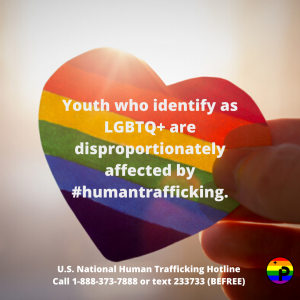 | 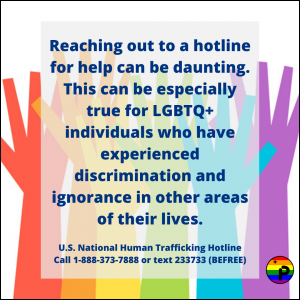 | 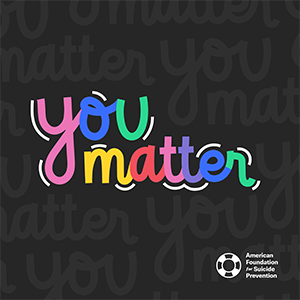 |
QUICK LINKS
LOCATIONS
EMPLOYEES
-
You must be on the network to see these links.





